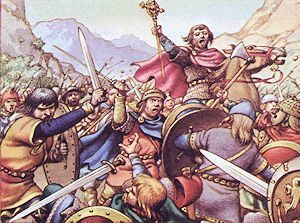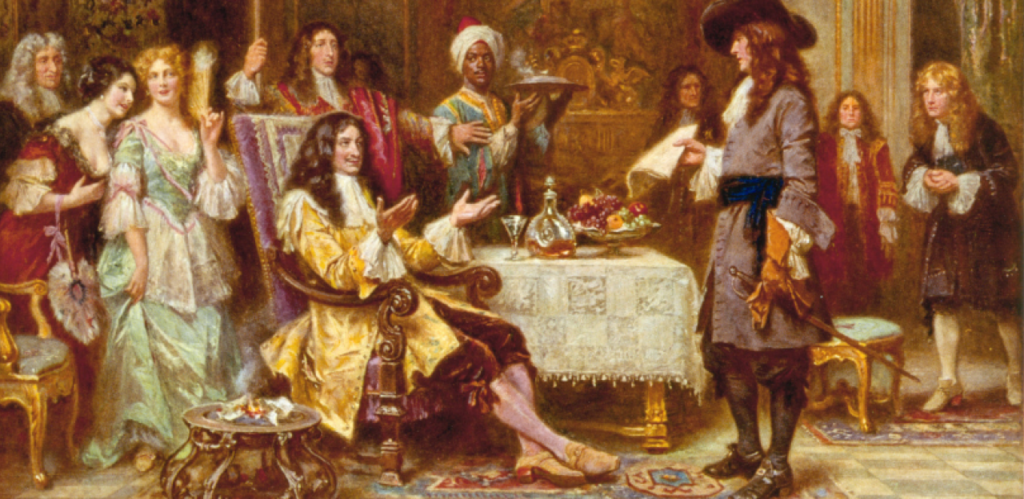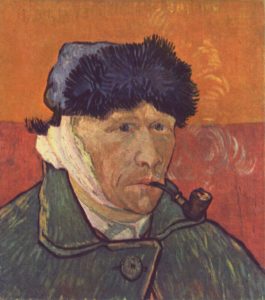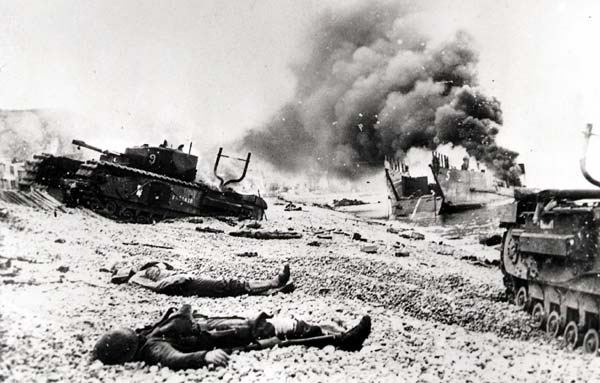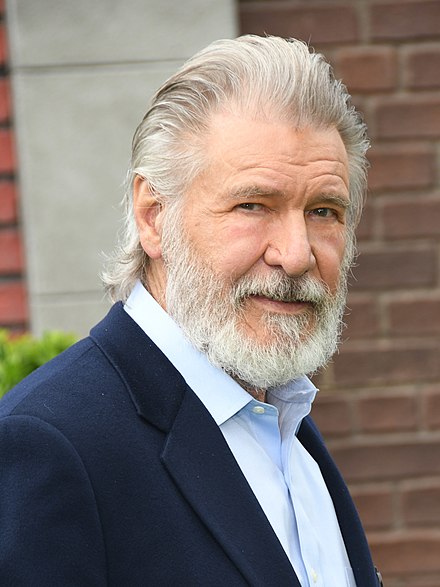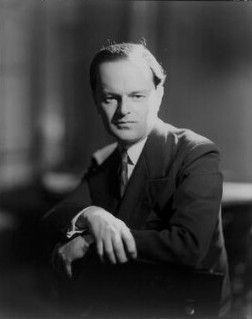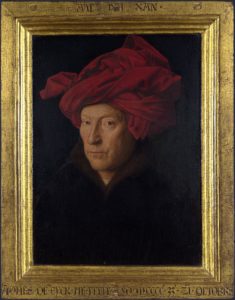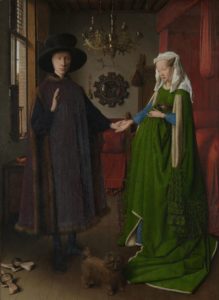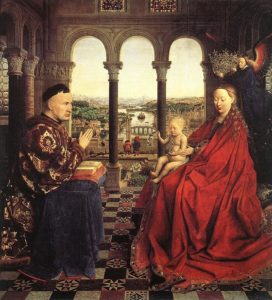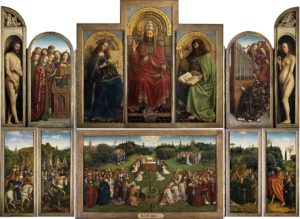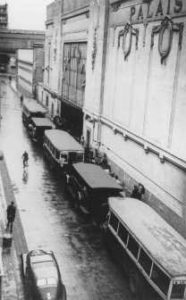
1942
The Vel’ d’Hiv’ Roundup
Early in 1942, the German government decided on a policy of exterminating Jews in the territories under their control by shipping them to death camps in eastern Europe. To do so in France required the permission of the puppet French government in Vichy, which agreed that the German occupying forces could arrest foreign Jews, while French Jews would be scooped up by local police. After securing the agreement of the Vichy government, German officials and French police conducted roundups of Jews in both the occupied and unoccupied zones of France throughout the summer of 1942. The Vél d’Hiv was part of a series of roundups codenamed Opération Vent printanier (Operation Spring Wind) that took place across the country in spring and summer of 1942.
Preparations for the Roundup
Planning for the Vél d’Hiv roundup took place among René Bousquet, secretary general of the French national police; Louis Darquier de Pellepoix, Commissioner for Jewish Affairs under the Vichy Régime; SS-Hauptsturmführer Theodor Dannecker, head of Adolf Eichmann’s Judenreferat [Jewish Section] in France; and SS-Oberstürmführer Helmut Knochen, head of the German Security Police in France.
The Director of the local Paris Municipal Police, Emile Hennequin, sent precise expectations for the roundup to the police prefecture three days before the event. The roundup was originally set to take place from July 13–15, which included Bastille Day, the French national holiday. The holiday was not celebrated in the occupied zones of France, and in order to preclude local rioting, Nazi officials allowed French officials to delay the operation until July 16–17.
The German goal was that French police would round up 28,000 foreign and stateless Jews in the greater Paris area. They were to exempt “sensitive cases” such as British or American Jews. Although German authorities had originally agreed to exempt children under the age of 16, French Prime Minister Pierre Laval suggested for “humanitarian” reasons that children be arrested with their parents, unless a family member remained behind to care for them. Four thousand children were among those arrested in Paris.
In order to maintain a detailed record of the roundup, the police were to report the number of people they arrested each hour to their local prefecture.
July 16–17
Beginning in the early hours of July 16, French police rounded up thousands of men, women, and children throughout Paris. By the end of the day, the police had taken 2,573 men, 5,165 women, and 3,625 children from their homes. The roundup continued the following day, but with a much smaller number of arrests.
Approximately 6,000 of those rounded up were immediately transported to Drancy, in the northern suburbs of Paris. Drancy was at that point a transit camp for Jews being deported from France. The rest of the arrestees were detained at the Vélodrome d’Hiver (Winter Cycling Track), an indoor sporting arena in Paris’s fifteenth arrondissement.
Officials could have held few illusions of the unsuitability of the “Vél d’Hiv” for holding such a large population indefinitely. Early in the war, it had been used to intern German nationals, mainly refugees. In 1940 it housed interned foreign women. In both instances, conditions were deplorable.
Following the roundup of Jews in greater Paris, some 7,000 Jews, among them almost 4,000 children, were crowded together in the sports arena. There was scarcely space to lie down and the incarcerated Jews faced appalling circumstances. No arrangements had been made for food, water, or sanitary facilities. Only two physicians a shift were allowed in to treat the internees. The glass ceiling of the arena contributed to a stifling environment by day, as all ventilation had been sealed to prevent escape, and led to chilly temperatures at night. Parisian Quakers came to bring food and water.
Aftermath
After five days, Jews incarcerated at the Vél d’Hiv were transferred to other transit camps outside Paris. At Drancy, Pithiviers, and Beaune-la-Rolande, French police guarded these men, women, and children until transport to concentration camps and killing centers in the east. At the end of July, the remaining adults were separated from their children and deported to Auschwitz. Over 3,000 children remained interned without their parents until they were deported, among adult strangers, to Auschwitz as well.
German authorities continued the deportations of Jews from French soil until August 1944. In all, some 77,000 Jews living on French territory perished, the overwhelming majority of them at Auschwitz.
Postwar Trials
For his prominent role in the deportation of Jews from France, Pierre Laval, formerly the French Prime Minister, was arrested and tried after the liberation of France. He was shot by firing squad on 15 October 1945.
The fate of two German officials most involved in the Vél d’Hiv mirrored the common fates of high-ranking SS administrators. Theodor Dannecker was arrested by American officials in Bad Tölz, Bavaria, in December 1945, and committed suicide while in custody. Helmut Knochen, sentenced by a British court to 21 years in prison for a separate offense, was sentenced to death by a French court in 1954. The sentence was commuted to life imprisonment, and Knochen was released on orders of French President Charles de Gaulle in November 1962.
In 1949, René Bousquet, secretary general of the French police, was found guilty for his role in the complicit Vichy government, but his sentence was immediately commuted for “having actively and sustainably participated in the resistance against the occupier.” In 1991, French justice authorities in Paris indicted Bousquet for his participation in the deportation of Jews from France. Christian Didier, a mentally ill individual, assassinated Bousquet in his home in Paris on June 8, 1993, before proceedings could take place.
Acknowledging the Role of the State and Police
On July 16, 1995, on the fifty-third anniversary of the Vél d’Hiv roundup, French President Jacques Chirac acknowledged the role the state and its police had played in the persecution of Jews and other victims of the German occupation. “France,” Chirac said, “land of the Enlightenment and of Human Rights, land of hospitality and asylum, France, on that day, committed an irreparable act. It failed to keep its word and delivered those under its protection to their executioners.”
This post is taken from the Holocaust Museum’s excellent website. https://www.ushmm.org/wlc/en/article.php?ModuleId=10008213
